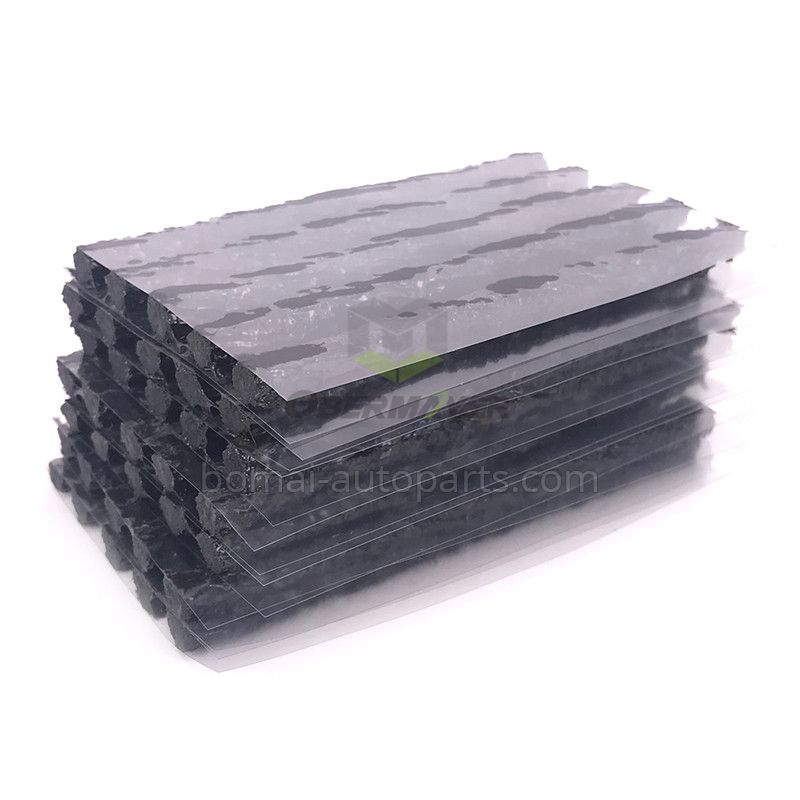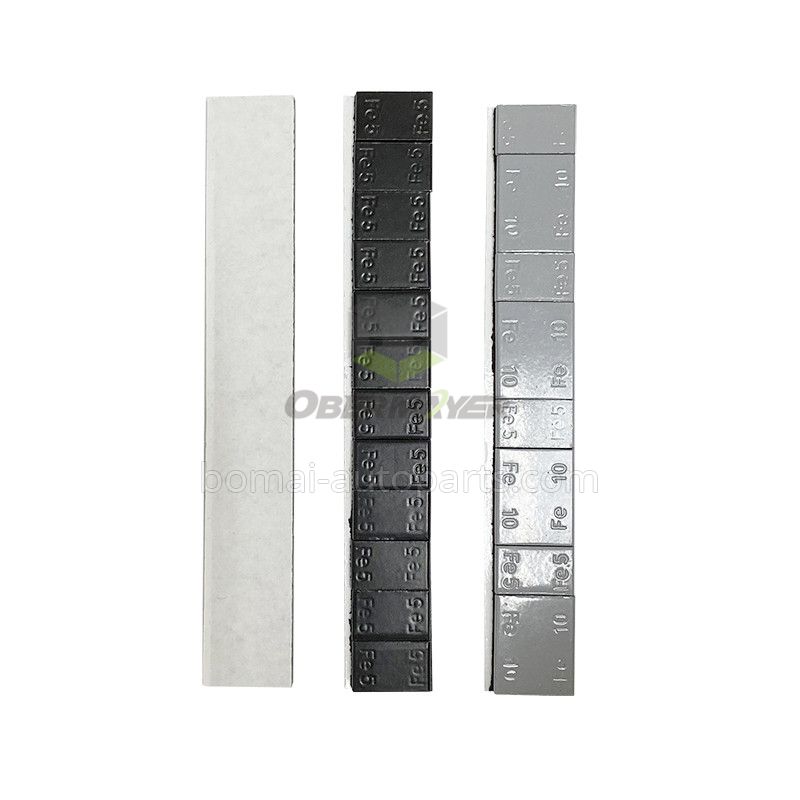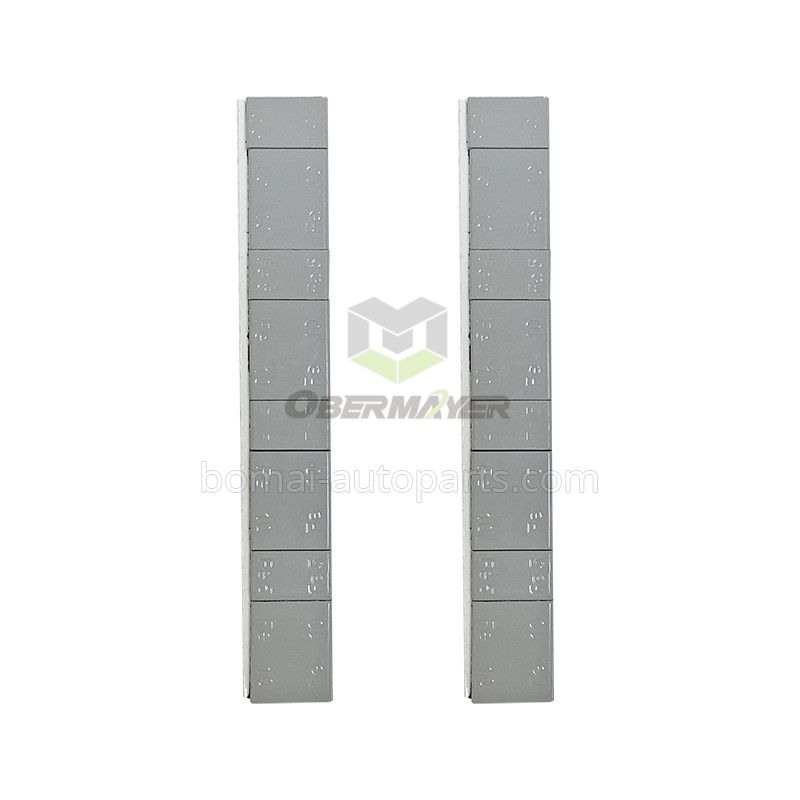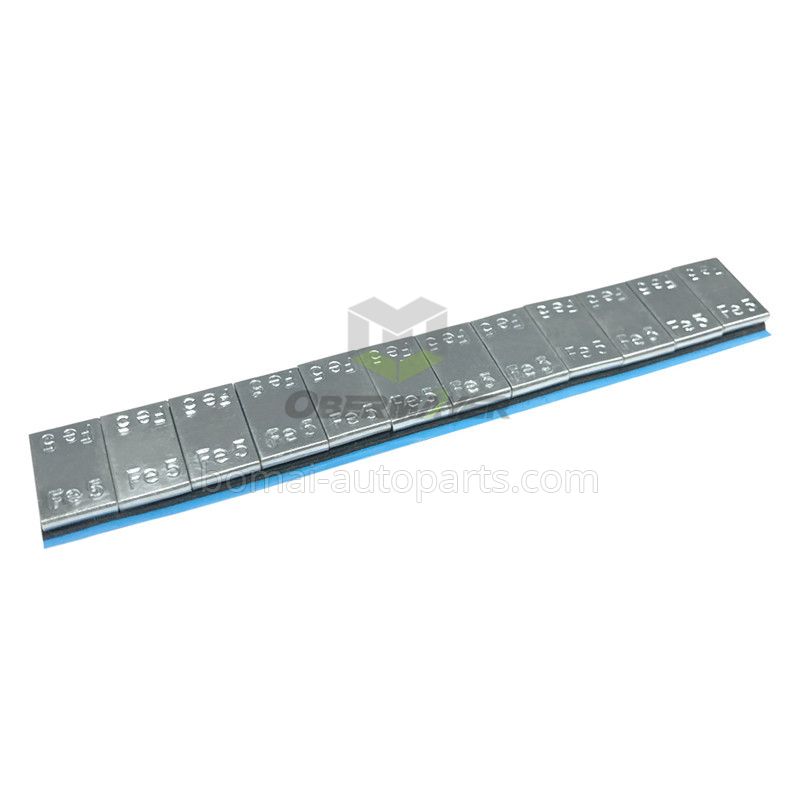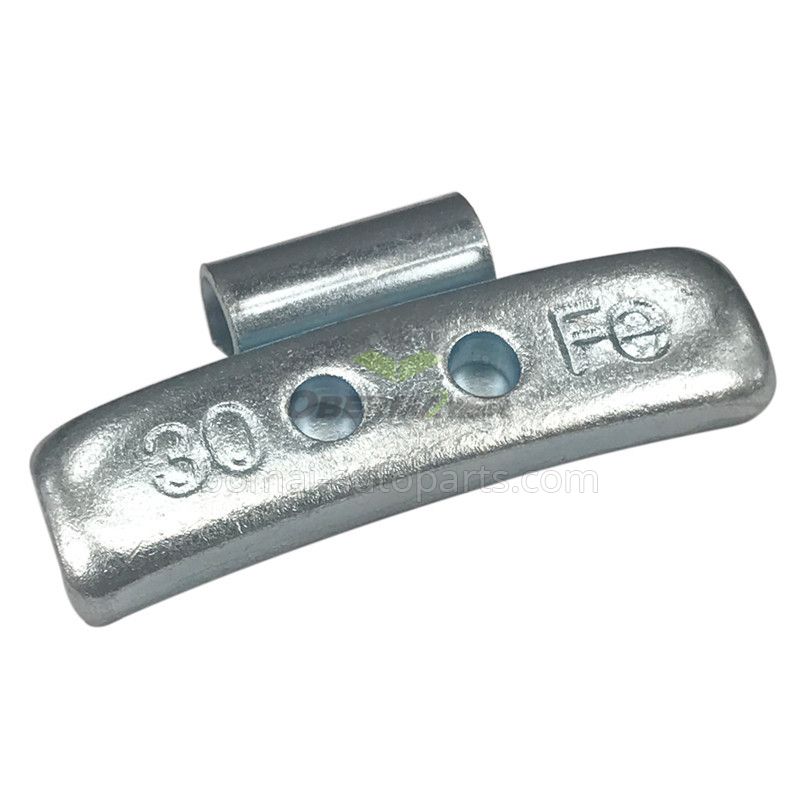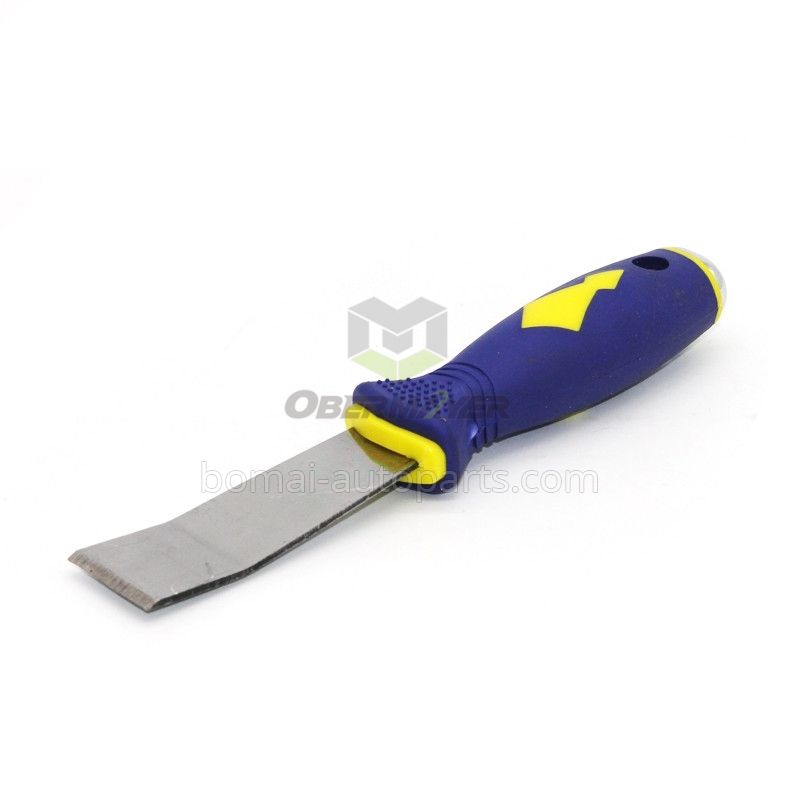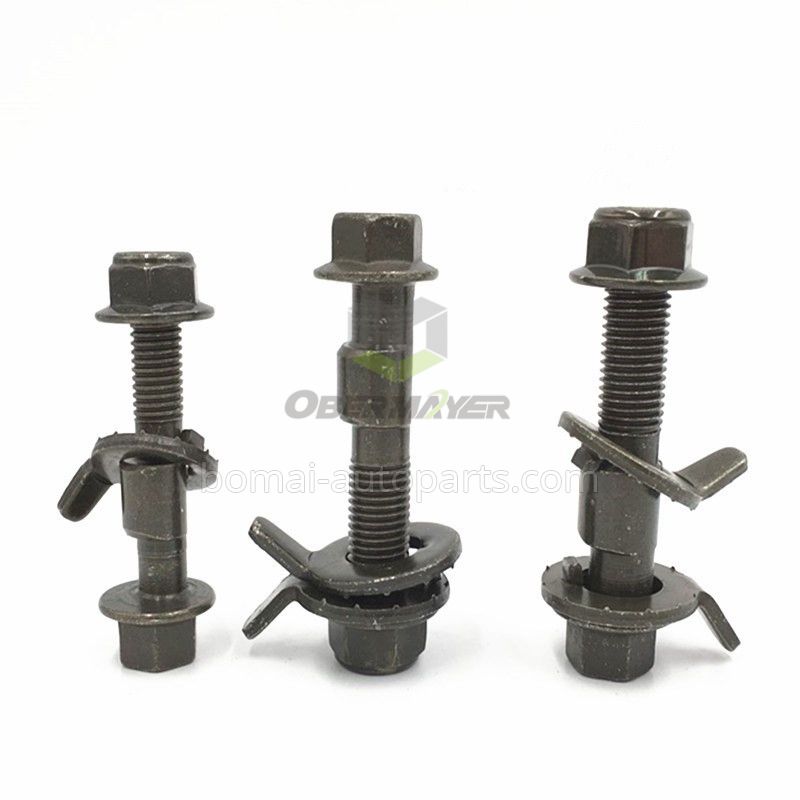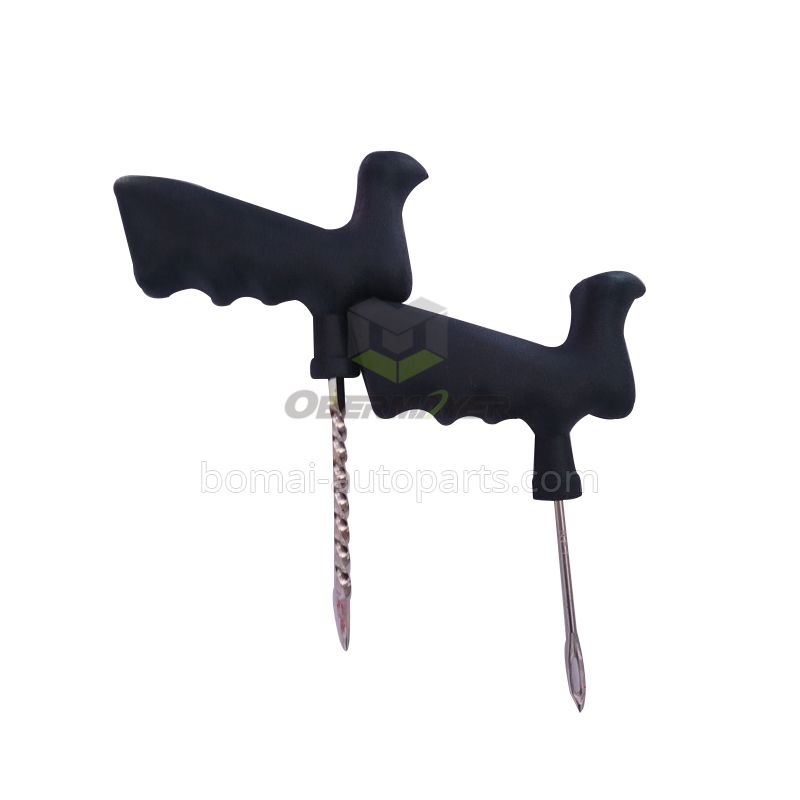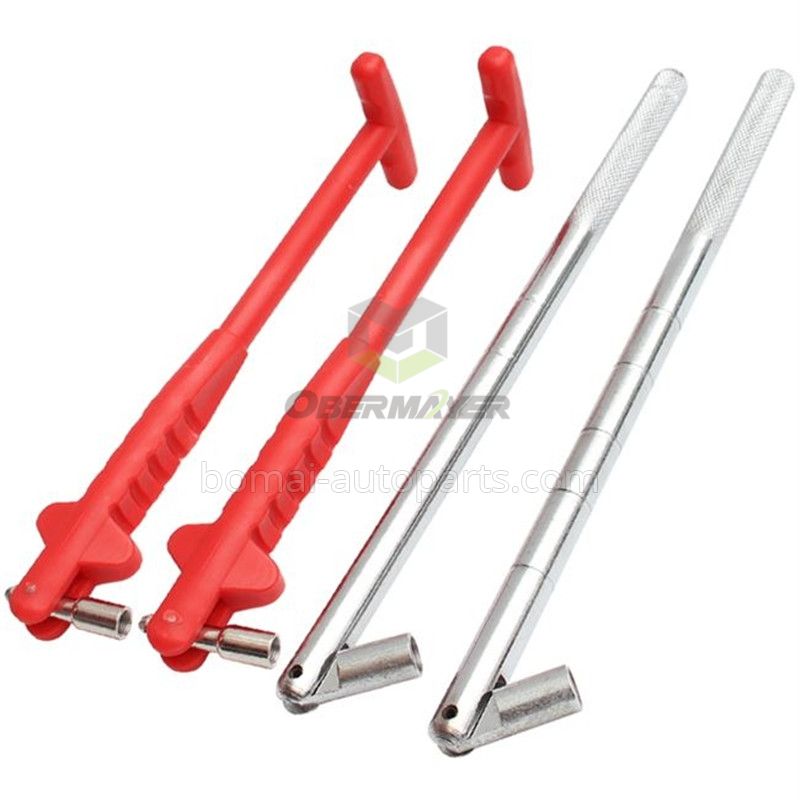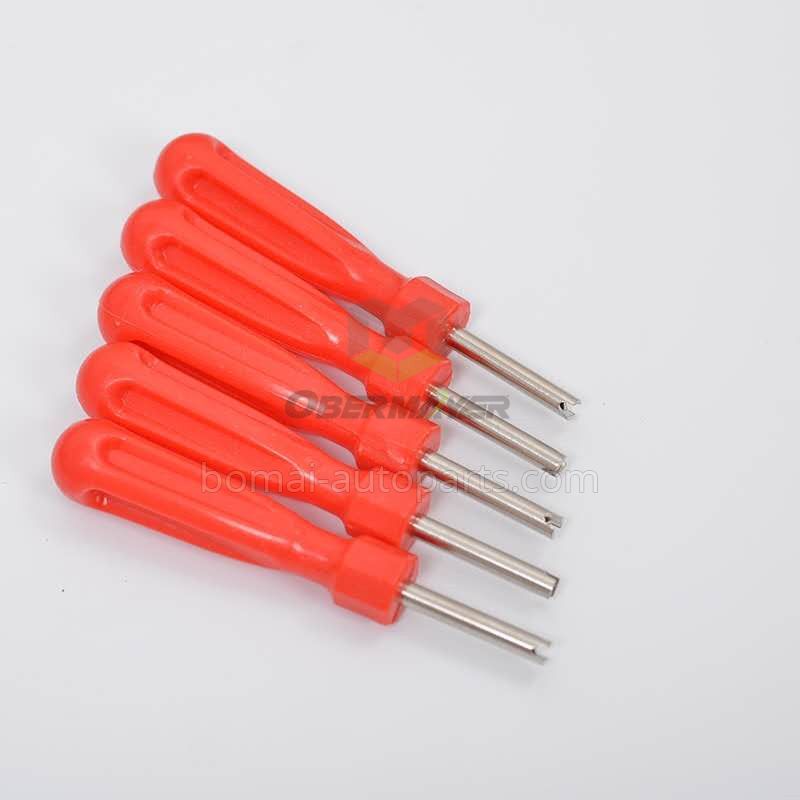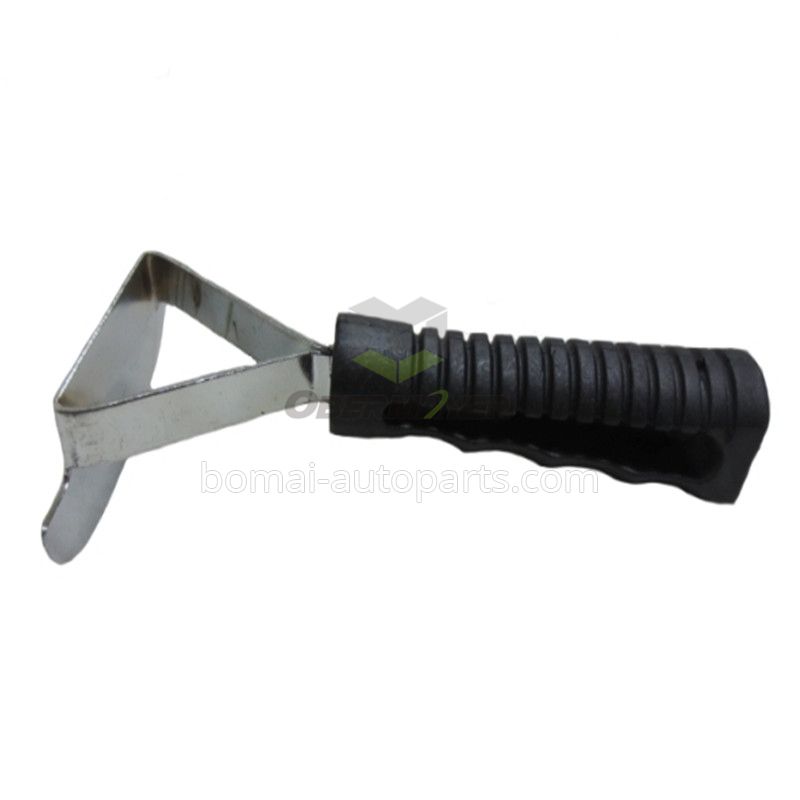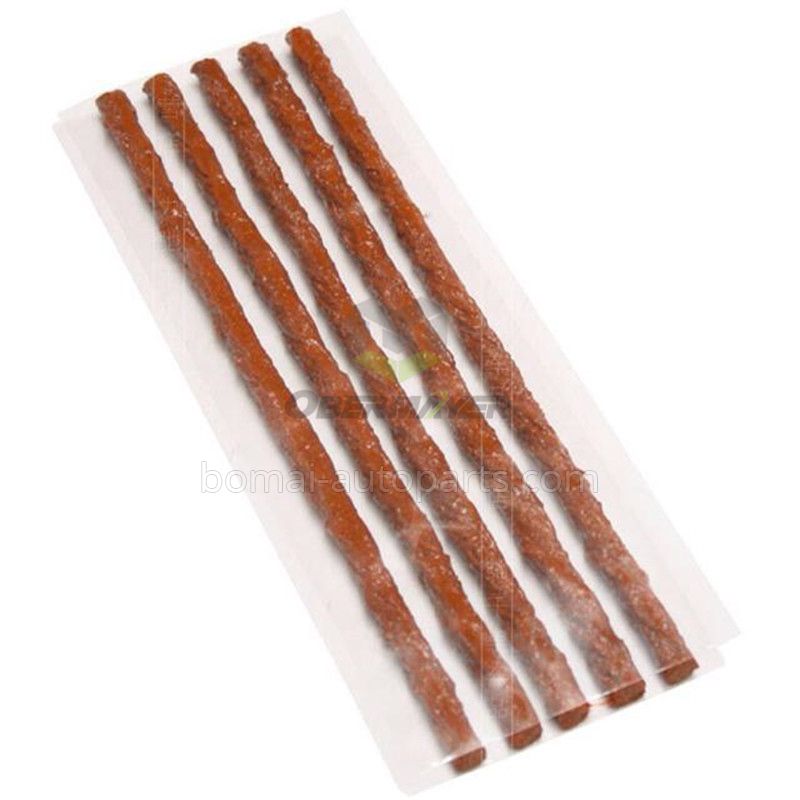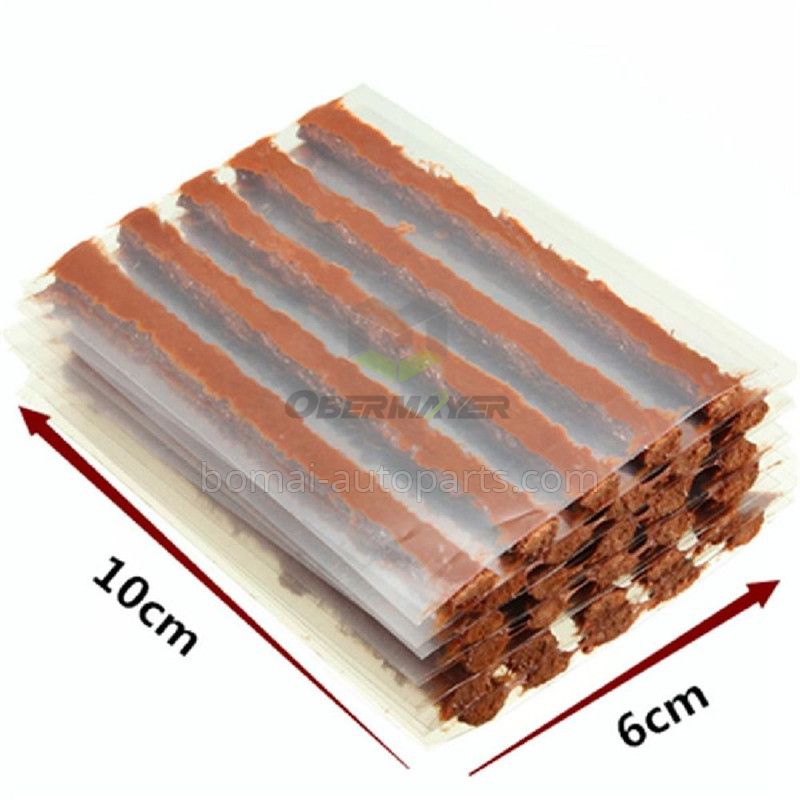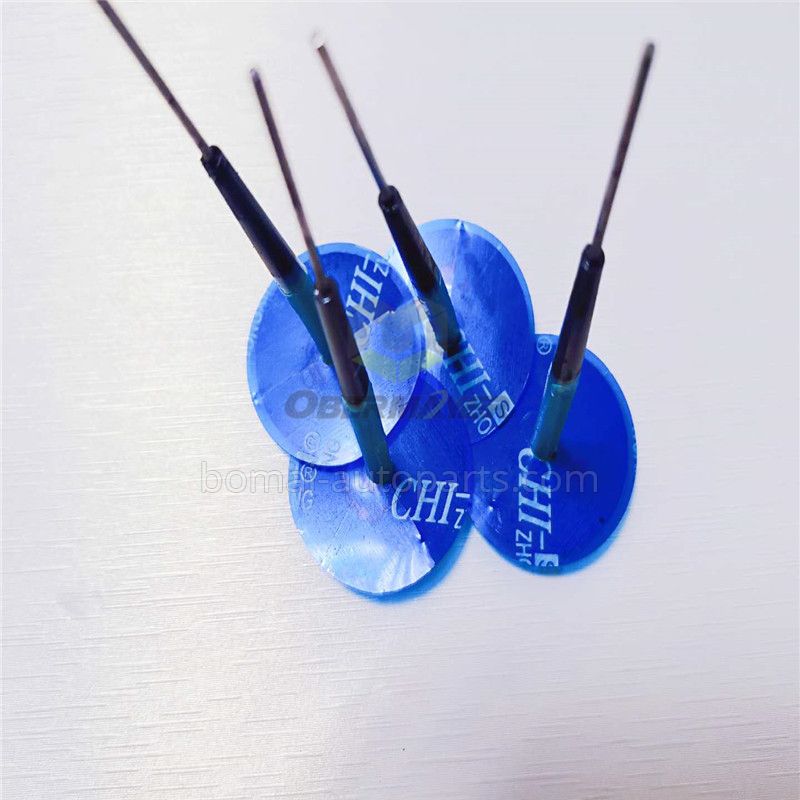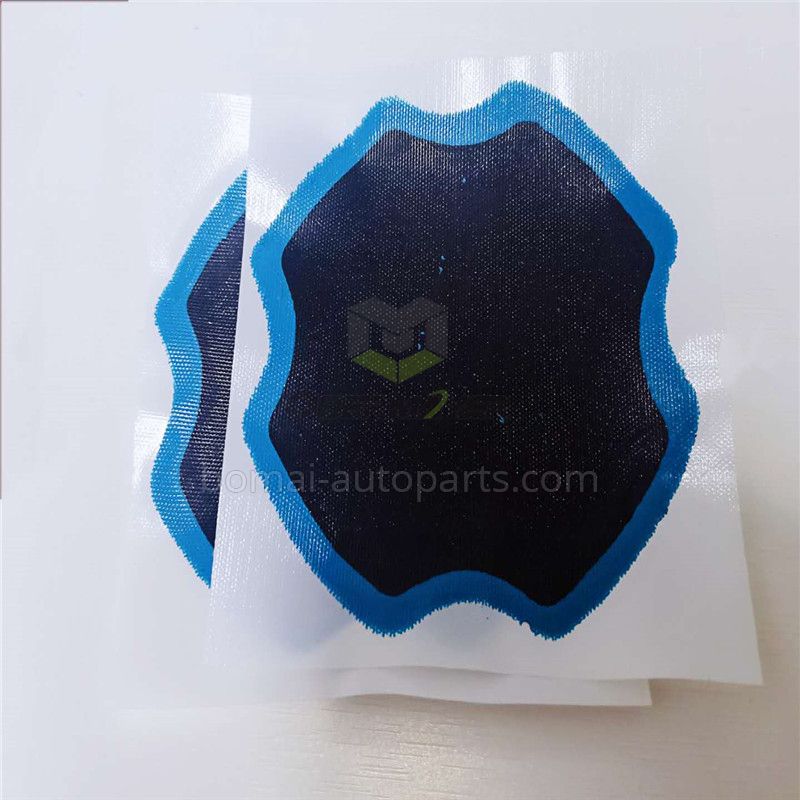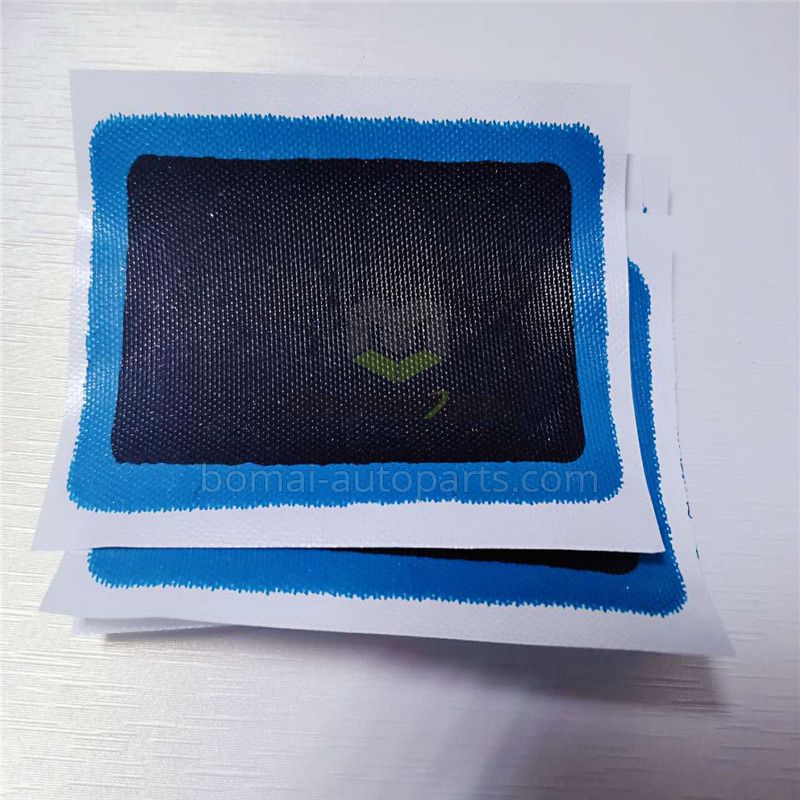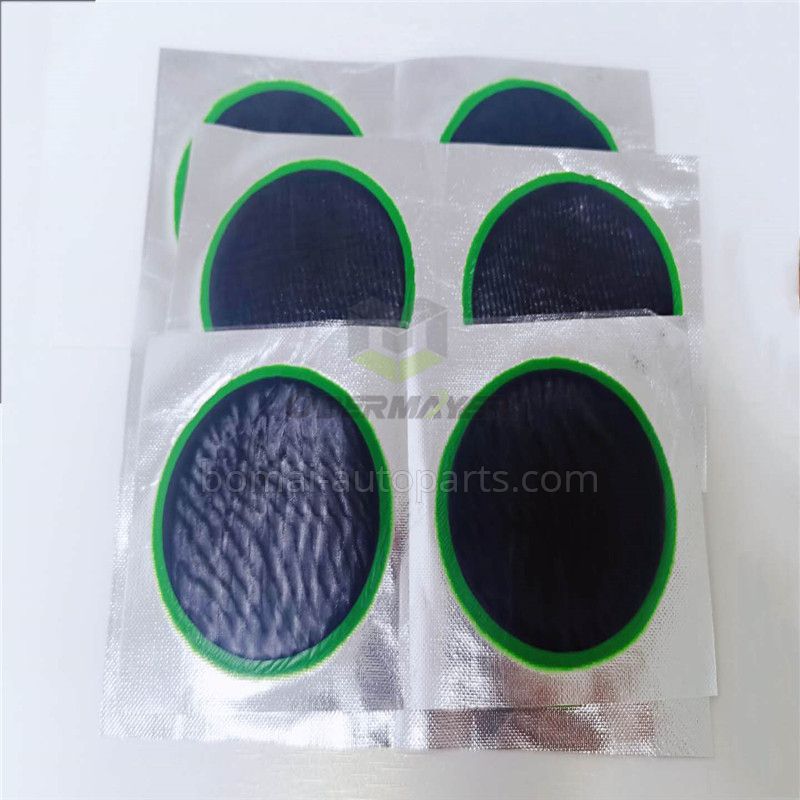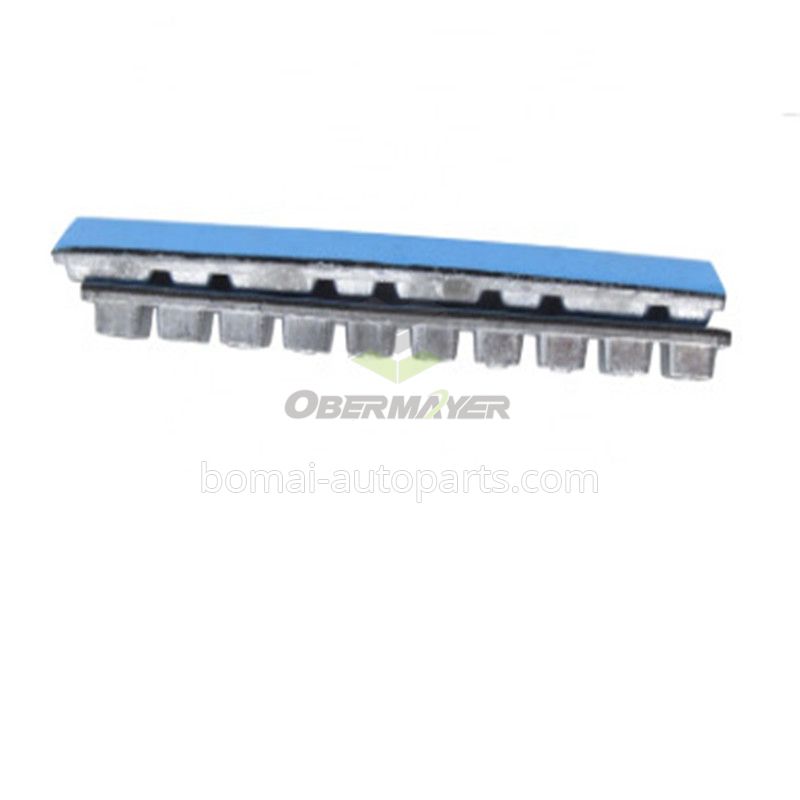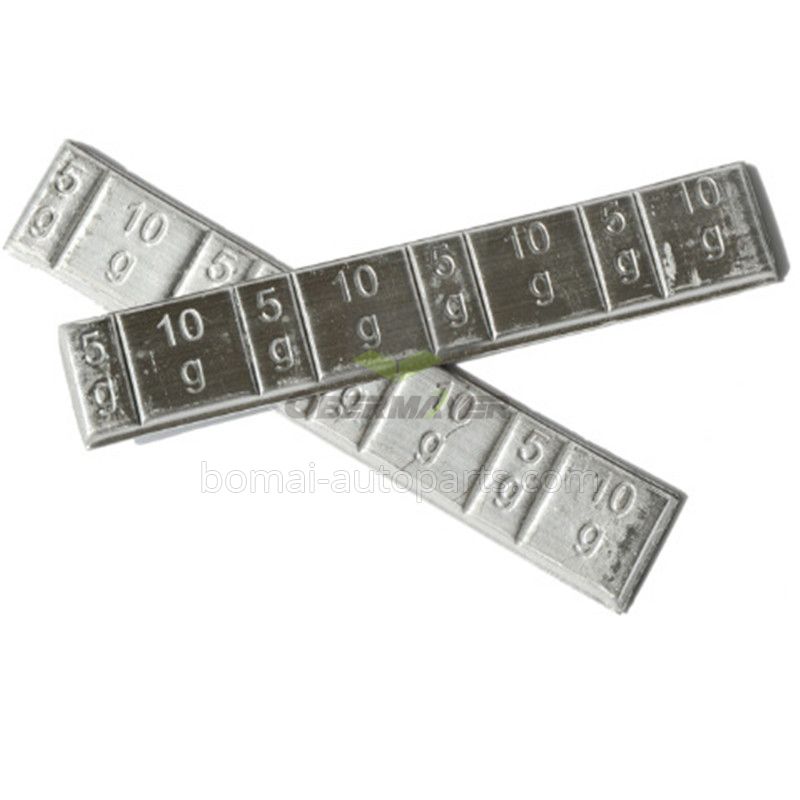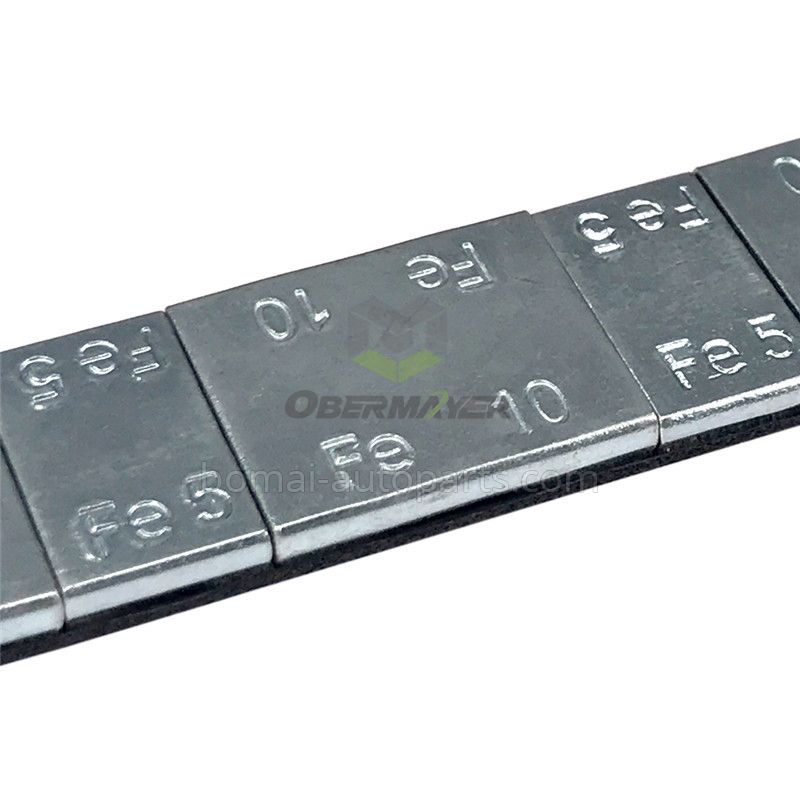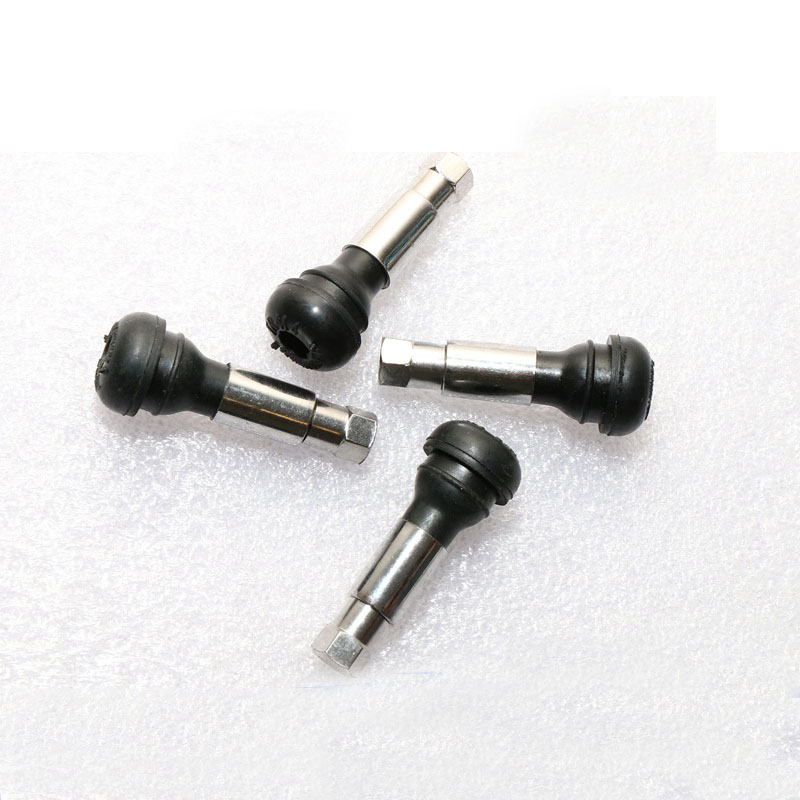SHOULD YOU PLUG OR PATCH YOUR TIRE?
Running over a nail with a brand-new, perfect tire can be very upsetting, but it can be a common occurrence on under-construction areas like the perpetually-under-construction I-4. How should the tire be repaired in instances like this? Should you replace or repair it, and what are the reasons one would use a tire plug vs. patch? We’re going to talk about tire plugs and patches, why you would choose one over the other and the limits of these kinds of repairs.
Factor 1: How They Work
How does a tire plug work?
A tire plug is a strip of leather covered in a rubber compound, which is inserted into the hole and typically seals on the inside of the tire.
How does a tire patch work?
A patch is a piece of rubber with an adhesive back that is stuck onto the inside of the tire. They’re typically stronger than plugs but require more work.
Note that there is also the tire plug-patch, which hybridizes both.
Factor 2: When They Can Be Used
When can you use a plug on a tire?
When choosing to plug or patch a tire, it often depends on the size of the hole and the location. Plugs are typically used after treading on a nail, screw or small puncture. Plugs are used on small holes away from the sidewall.
Don’t plug your tire if it’s anywhere near the sidewall.
Don’t plug your tire if it’s an irregularly shaped hole.
Don’t plug your tire if it’s a large hole or thick nail.
Don’t plug your tire if you’ve run the tire while it was flat for more than a mile, as this can mean that the sidewalls are damaged.
Don’t plug your tire if there’s a bubble or bulge in the rubber on the sidewall.
Don’t plug your tire if it’s bordering another repair.
Don’t plug your tire unless you remove it from the wheel.
When can a tire be patched?
Tires are typically patched when the puncture is less than a quarter-inch in diameter, but it also depends on the location. Patches are better than plugs for bigger holes, holes closer to but not the sidewall and holes that aren’t completely straight. Note that if you’re looking to do tire sidewall repair, a patch will usually not cut it and you’ll likely want to replace the tire.
Don’t patch the tire if it’s near the sidewall.
Don’t patch the tire if it’s at a strange angle.
Don’t patch the tire if it’s larger than a quarter of an inch.
Don’t patch your tire if you already have damaged sidewalls.
Don’t patch your tire if there’s a bubble or bulge in the rubber on the sidewall.
Don’t patch your tire if there’s another patch in a nearby place on the tire.
Don’t patch your tire unless you’ve removed it from the wheel and checked for other holes/issues.
Typically a patch will require a professional, where many owners may attempt to DIY a tire plug.
Factor 3: How Long They Last
How long does a tire plug last?
Companies claim that a properly installed plug can last seven to ten years or typically 25,000 miles, but that’s not the case if there isn’t a proper seal or if the plug hasn’t been properly installed.
How long does a patched tire last?
Like with plugs, patches are said to last from seven to ten years or for the rest of the life of the tire. Again, this tire may not last if the installation goes poorly or there are issues with the location of the hole.
Factor 4: The Safety of the Use
Is patching or plugging a tire safe?
Both the US Tire Manufacturers Association (USTMA) and the Tire Industry Association (TIA) have their own safety standards for tire repairs. These standards must be upheld if the tires are to be considered safe after the repair. Best practice is to take the tire to a local expert and listen to their advice, as they will know when doing a repair like this is or is not safe. Doing a tire repair yourself is not advisable unless it is a very straight-forward situation.
There are other factors to figure in as well when you’re deciding between repairing or replacing your tires: If the condition of your tread is already poor, you may want to replace the tire, for instance. Tires should be frequently checked and replaced. Check out our inventory and call us to weigh your options.



